How much do you know about wind energy? Test your knowledge with our wind power quiz!
August 17, 2018How much do you know about the ways we use wind to generate electricity?
What's the difference between utility-scale and distributed wind power? How tall is the average American wind turbine?
Check out our list of 10 Things You Didn't Know About Wind Power, then take our quiz to show off your wind wisdom!
QUIZ: Test your Wind Energy IQ
Think you know a lot about wind power? Here's your chance to test your knowledge!
1. What causes wind?
Wind is a more complex phenomenon than you might think! As the Sun warms the Earth and the planet rotates, it leads to areas of high and low atmospheric pressure that interact with terrain like mountains, oceans, plains and valleys to produce wind. The Energy Department studies wind patterns extensively to identify the best places in the U.S. for wind energy development. | Photo by Warren Gretz, NREL
2. What is the earliest recorded use for windmills?
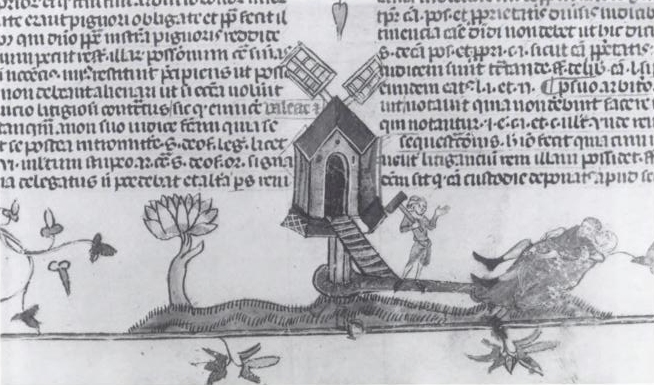
The Persians are believed to have pioneered the use of windmills to pump water around 600 B.C. Grinding grain was another early use for the windmill in places like the Middle East, China and ancient Greece -- although there's no evidence that anyone outside of "Don Quixote" ever tried to fight one.
3. Who invented the first electricity-generating wind turbine?
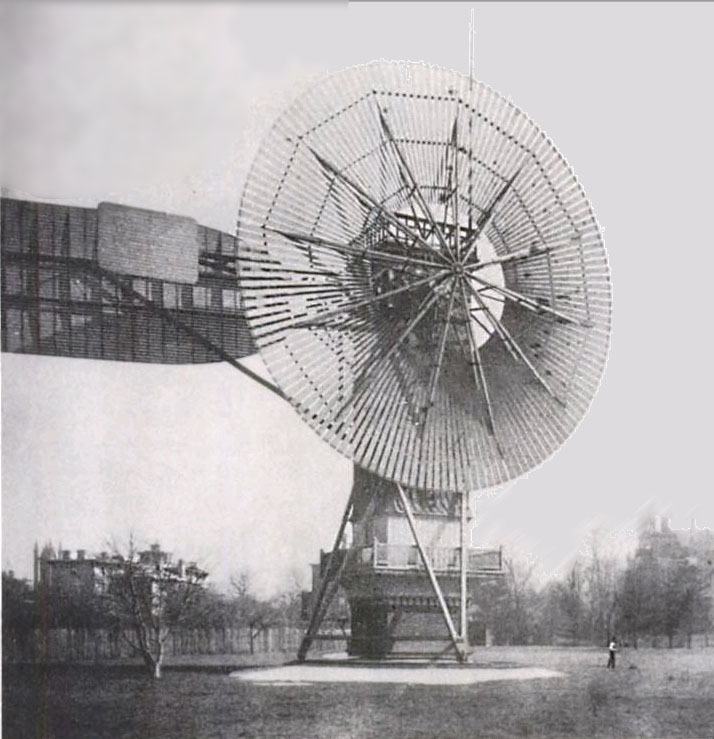
In 1887, James Blyth's revolutionary "wind engine" used cloth sails to generate electricity for his cottage in Marykirk, Scotland, making it the first wind-powered home in the world. Later that same year, Charles Brush completed America's first wind turbine in Cleveland, Ohio, a 60-foot tower design (pictured above) that supplied 12 kW of electricity to his mansion for 20 years. Georges Darrieus is credited with later developing the less-common vertical-axis wind turbine, sometimes called the "eggbeater" shape.
4. How many blades does a modern wind turbine have?
Most modern horizontal-axis wind turbines have three blades. Over decades of testing and experimentation -- much of it conducted at the Energy Department's National Labs -- the three-blade design has become widely accepted as the most efficient design for generating electricity in most cases. | Photo by Dennis Schroeder, NREL
5. Which of these is NOT a part of a modern wind turbine?
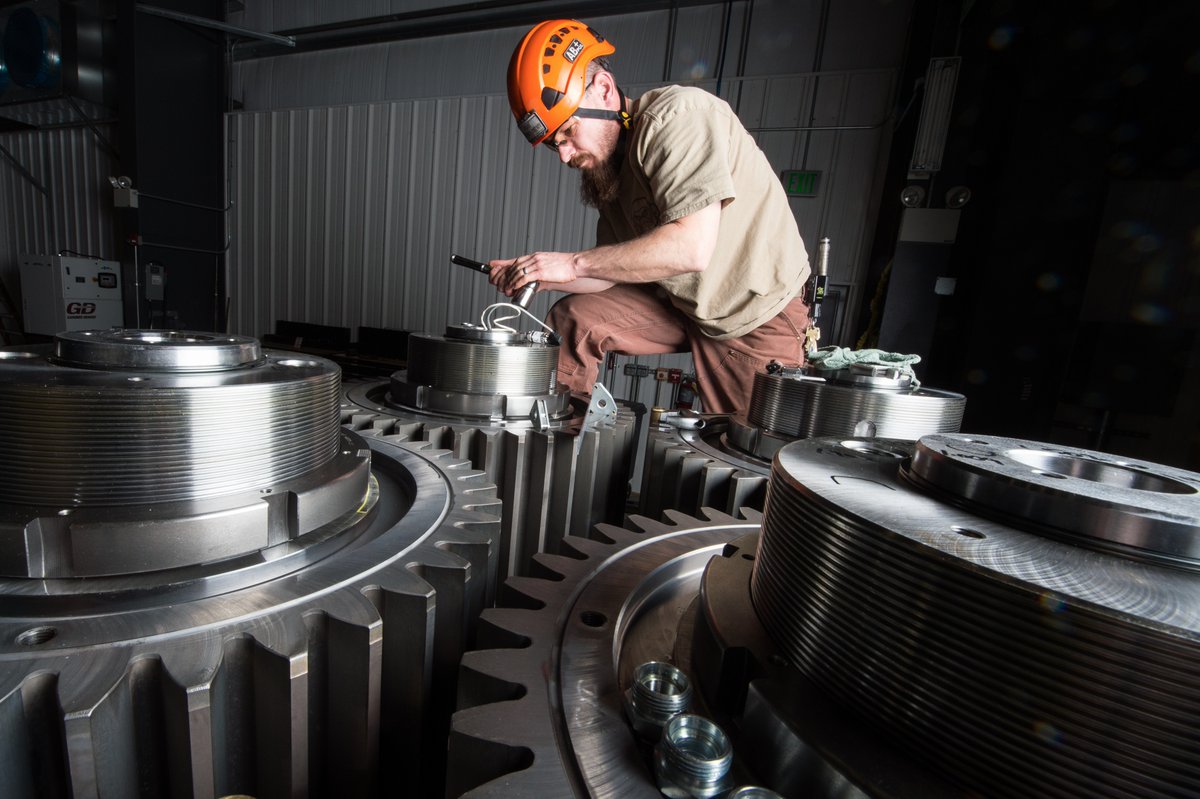
The nacelle of a wind turbine, where the tower meets the rotor, houses important components like the gear box, which converts the relatively slow rotation of the blades into the higher RPM of the turbine's generator. The yaw drive is a motor that turns the nacelle to keep the rotor facing into the wind at all times. | Energy Department photo
6. How many different components does it take to build a utility-scale wind turbine?
From large tower segments to complex gearboxes, wind turbines are composed of more than 8,000 separate components. | Photo courtesy of Clipper Windpower.
7. Roughly how tall are most utility-scale wind turbine towers in the U.S.?
The average hub height (measured at the center of the blades) of most modern U.S. wind turbines is 88 meters (289 feet), about as tall as the Statue of Liberty. According to Energy Department research, next-generation wind turbines with towers 110 to 140 meters (360 to 460 feet) tall could reach stronger, more efficient winds high above the ground, unlocking access to wind power in all 50 states. | Energy Department photo
8. Which U.S. state gets the highest percentage of its electricity from wind?
In 2018, Kansas got 36.4% of the electricity it generated in-state from wind, followed by Iowa at 33.7%, and Oklahoma at 31.7%. Texas leads the United States in total wind installed capacity with nearly 24,895 MW, accounting for 15.9% of its electricity generation. | Photo by Todd Spink, NREL
9. Which nation leads the world in installed wind energy capacity?
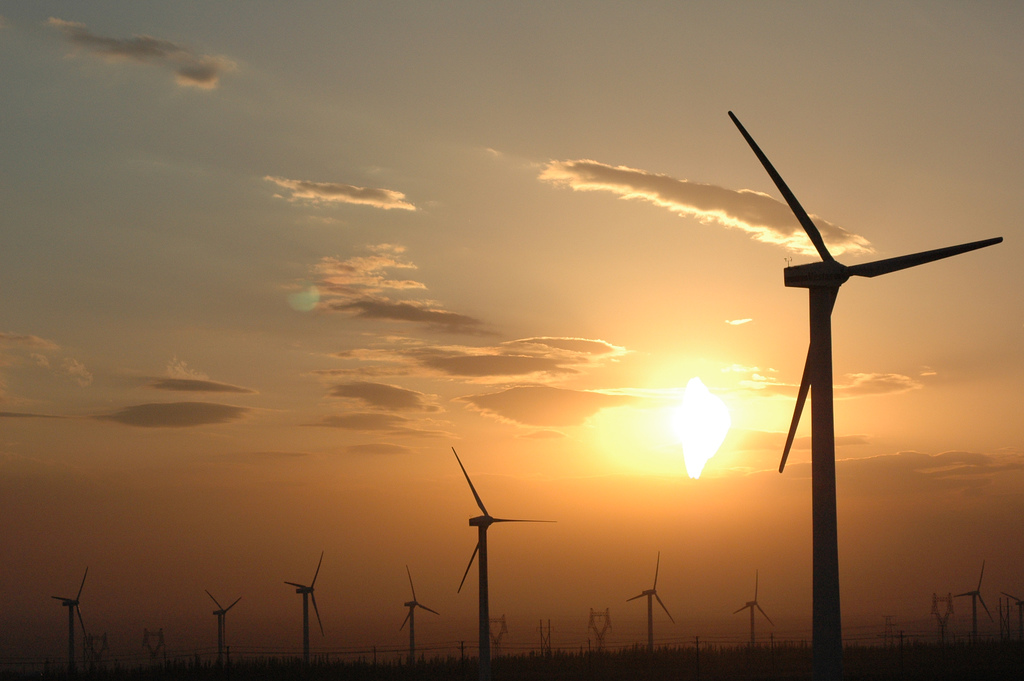
The United States ranks second in the world behind China in wind "installed capacity" -- that is, how much total energy its turbines could generate if they were turning constantly. | Photo courtesy of Chris Lim
10. By how much has the price of American wind power decreased since the 1980s?
Wind energy is now the cheapest form of power in some parts of the country, with new power purchase agreements in 2018 averaging below 2 cents per kilowatt-hour. | Photo courtesy of Jenny Hager Photography
11. How many jobs were supported by the U.S. wind power industry in 2018?
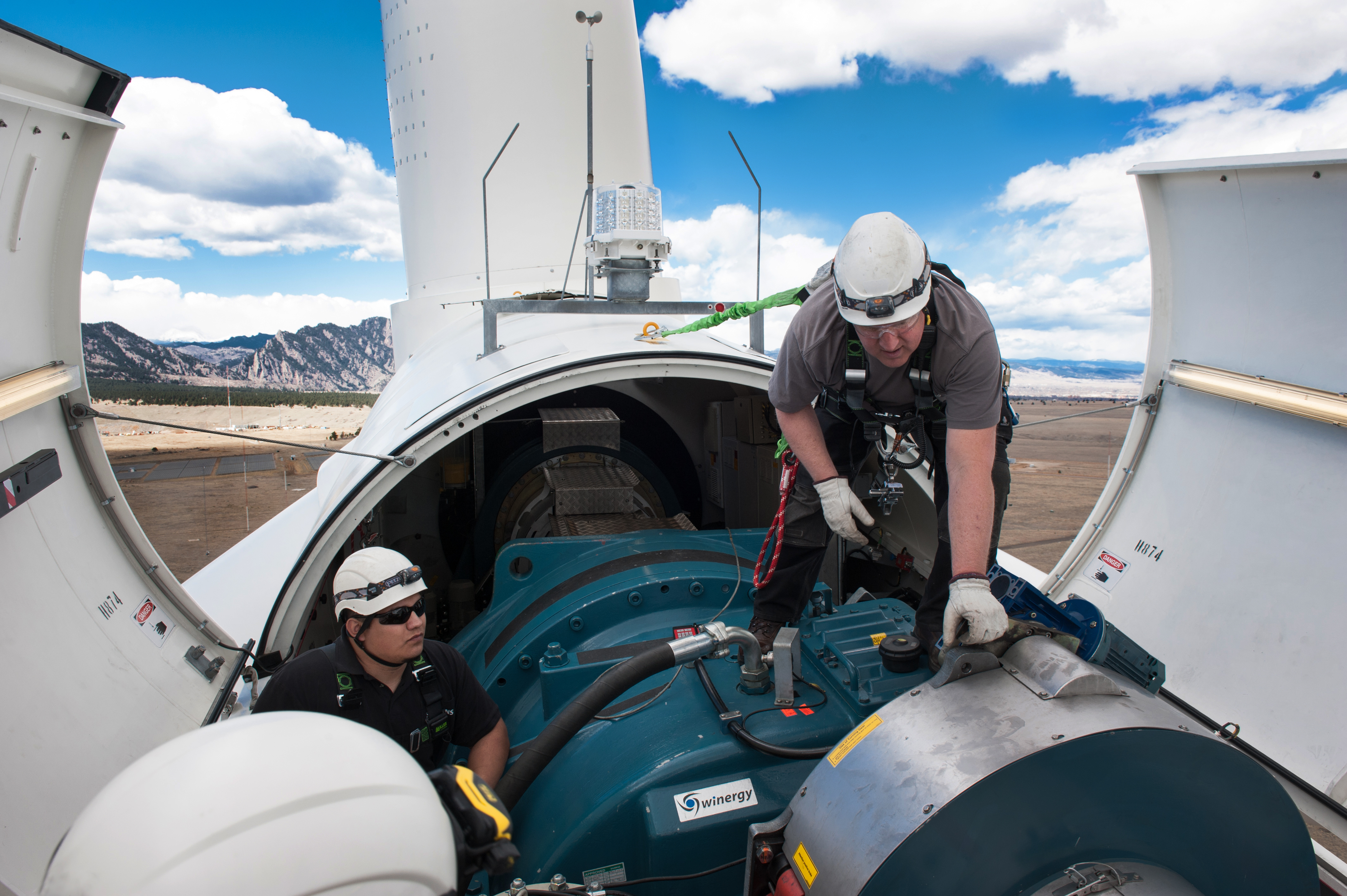
At the end of 2018, the wind industry workforce stood at 114,000. "Wind turbine technician" is the second-fastest-growing American job of the decade, according to the U.S. Bureau of Labor Statistics. | Photo by Dennis Schroeder, NREL
12. Which of these is NOT an example of distributed wind generation?

Distributed wind power is used at or near where it is generated, as opposed to wind power from wholesale generation, where power is sent to consumers via transmission lines and substations. Employed by households, schools, farms, industrial facilities, and municipalities, distributed wind doesn’t only refer to small-scale turbines; it includes any size turbine or array of turbines that generates power for local or on-site use. Total distributed wind capacity in the U.S. is over 1,000 megawatts from over 83,000 turbines. | Energy Department photo
13. How many offshore wind farms are there in the U.S.?
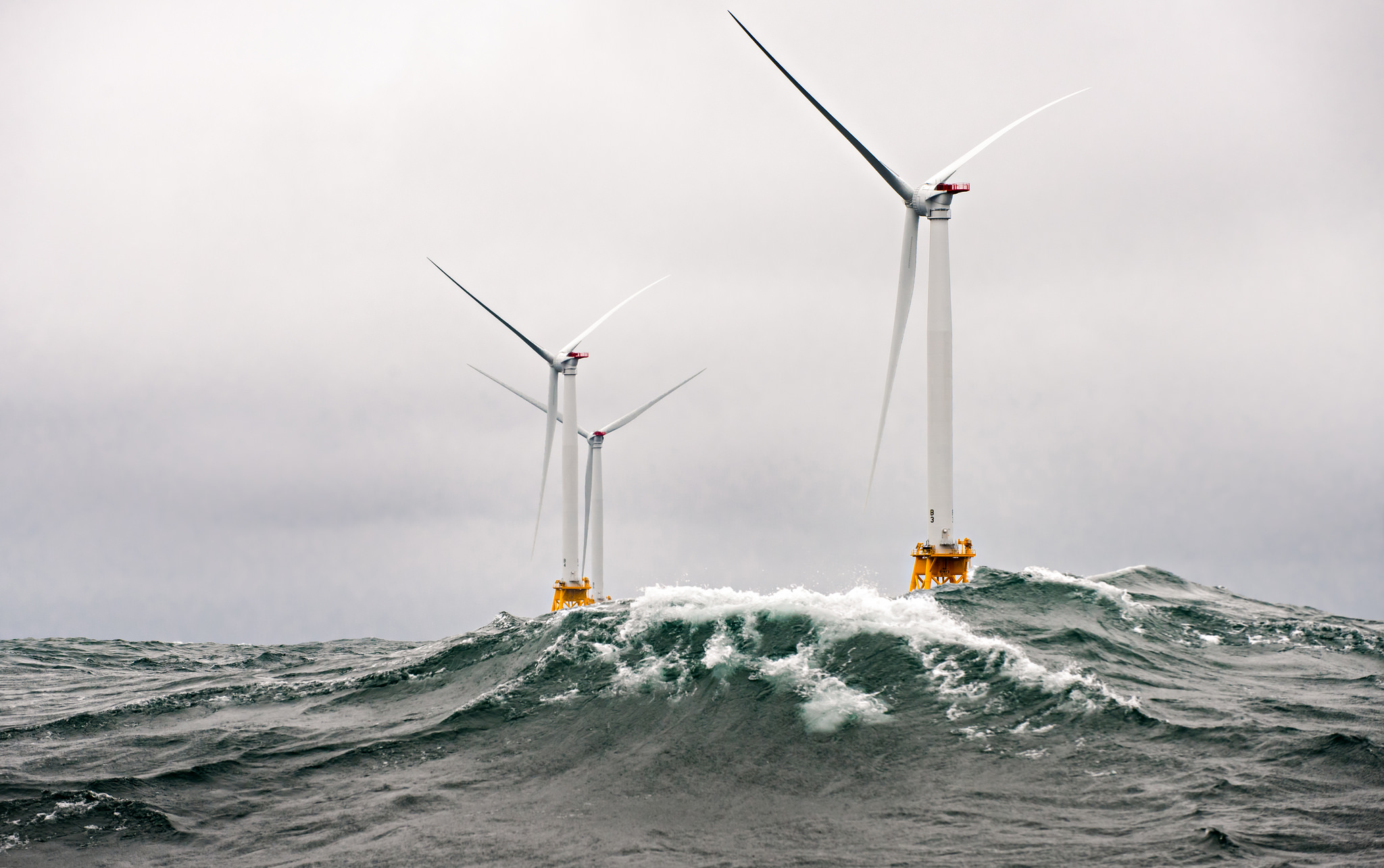
The Energy Department's Wind Energy Technologies Office funds early-stage research nationwide to develop and deploy offshore wind technologies that can capture wind resources off the coasts of the United States and convert that wind into electricity. Offshore wind holds tremendous potential to generate clean, renewable electricity for American homes and businesses. The 30-megawatt Block Island Wind Farm became the first operating U.S. offshore wind farm in December 2016. | Photo by Dennis Schroeder, NREL
Your Score:
How much do you know about the ways we use wind to generate electricity?
What's the difference between utility-scale and distributed wind power? How tall is the average American wind turbine?
Check out our list of 10 Things You Didn't Know About Wind Power, then take our quiz to show off your wind wisdom!
Matt Dozier
Matt Dozier works in the Office of Nuclear Energy's Office of Communications and Engagement, where he serves as a Communications Specialist creating digital content to promote NE’s diverse array of projects and programs. Matt comes to NE from DOE Public Affairs, where he spent eight years telling the Department’s story through Energy.gov, social media, and Direct Current — the agency’s award-winning flagship podcast. Previously, he supported outreach and communication efforts at the NOAA Office of National Marine Sanctuaries.

